Exploring the nuanced world of animal reintroduction, this blog delves into the reasons why certain animals should never be released back into the wild, while highlighting a few that thrive when returned to their natural habitats. Understanding the ecological and ethical implications of these decisions is crucial for wildlife conservation and animal welfare.
Raccoons
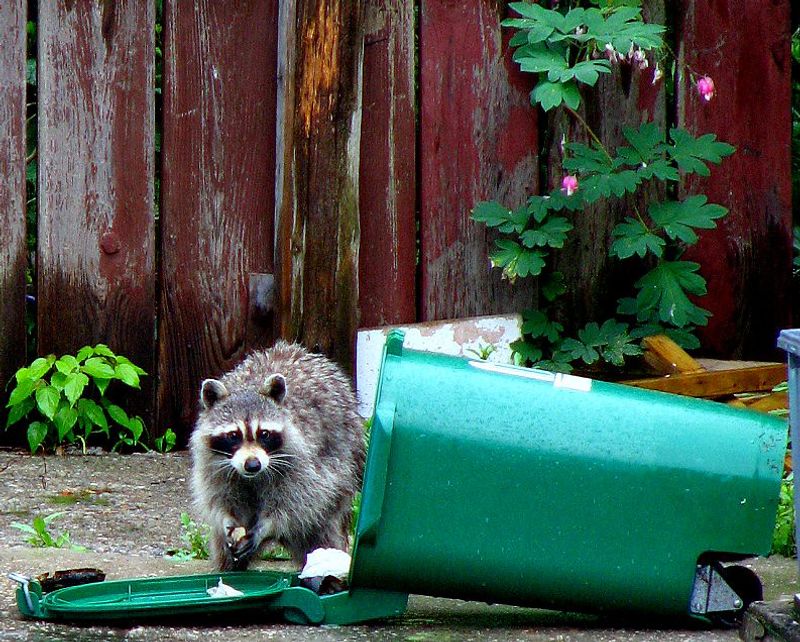
Raccoons are clever, adaptable creatures often found rummaging through urban trash. While they might seem harmless, releasing them into the wild can have dire consequences. They are carriers of diseases like rabies, which pose significant health risks to both humans and other wildlife.
Their opportunistic feeding habits can disrupt local ecosystems, leading to imbalances in species populations. Raccoons also tend to adapt quickly to human environments, making it challenging for them to survive in the wild. Hence, if found orphaned or injured, it’s best to rehabilitate them rather than release them back.
Red Foxes

Red foxes, with their fiery coats and sharp eyes, are mesmerizing. However, their introduction or reintroduction into new areas can spell disaster. They are efficient hunters, often preying on native species and threatening biodiversity.
Their presence can lead to the decline of ground-nesting birds and other small animals. Red foxes are also known to carry diseases like mange and distemper. Managing their populations through controlled environments ensures they don’t become invasive. Therefore, it’s safer for ecosystems to avoid releasing them back into the wild.
Ball Pythons
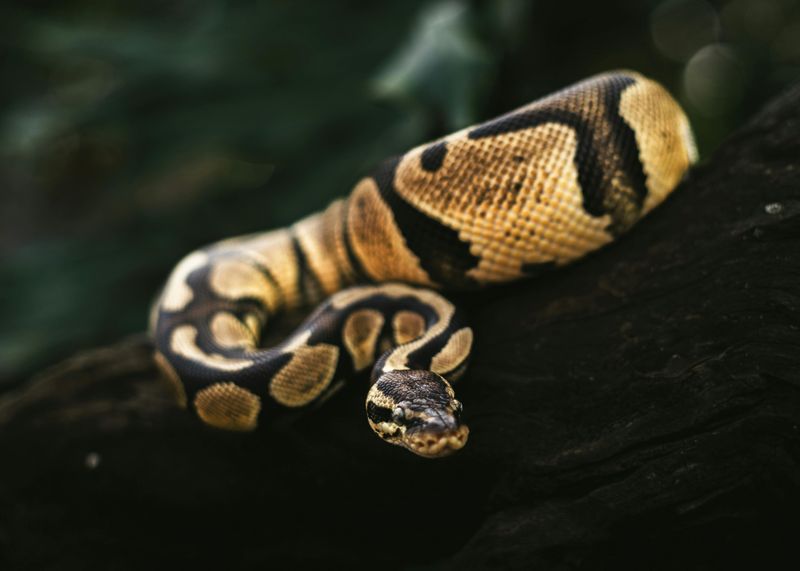
Ball pythons are captivating reptiles, often sought after as pets due to their docile nature. However, releasing them into non-native areas can disrupt local ecosystems. These snakes can become invasive, preying on native wildlife and competing with local predators for food.
Their introduction can lead to declining populations of native species, altering the balance of the ecosystem. Responsible pet ownership and rehabilitation programs are crucial in managing their populations. Instead of releasing them, finding suitable homes or sanctuaries is a better option.
Turtles

Turtles, with their ancient lineage, are fascinating creatures. However, releasing pet turtles into the wild can have unintended consequences. Many pet turtles are non-native species, which can become invasive, outcompeting local turtle populations for resources.
They can also introduce diseases to wild populations, threatening their survival. Turtles have specific habitat needs that might not be met in unfamiliar environments, leading to their decline. Ensuring they remain in controlled settings or finding them suitable homes is imperative for their well-being.
Koi Fish

Koi fish, known for their vibrant colors and tranquil presence, are popular in ornamental ponds. Releasing them into wild water bodies can lead to ecological imbalances. Koi are voracious eaters and can deplete aquatic vegetation, affecting other aquatic life.
They are also known to interbreed with native fish, potentially altering genetic pools. Additionally, koi can introduce parasites and diseases to wild populations. Maintaining them in decorative ponds or controlled environments helps preserve aquatic biodiversity.
Domestic Cats
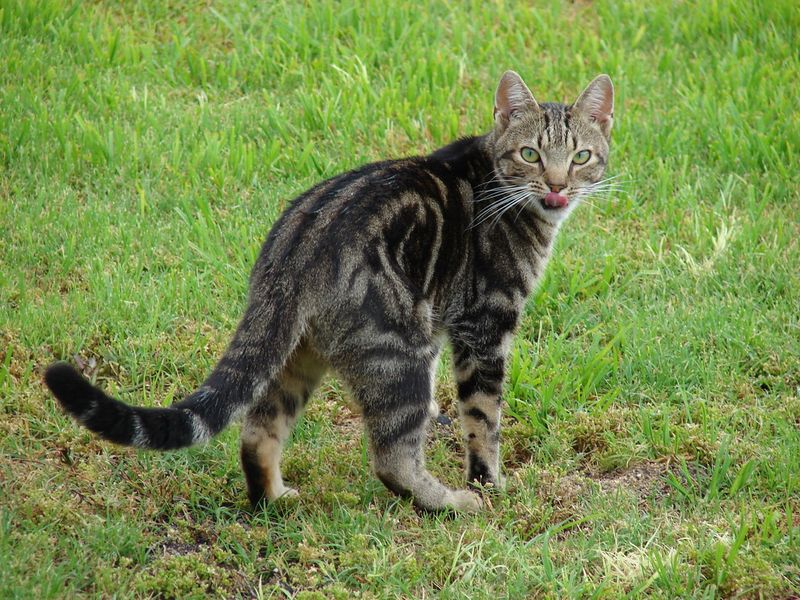
Domestic cats, with their playful antics and affectionate purrs, are beloved companions. However, when released into the wild, they become formidable predators. They are responsible for the decline of numerous bird, mammal, and reptile species worldwide.
Cats can also transmit diseases to wildlife, including toxoplasmosis. Their hunting instincts don’t wane in the wild, making them a significant threat to biodiversity. Keeping cats indoors or within controlled outdoor spaces ensures the safety of both wildlife and the cats themselves.
European Starlings
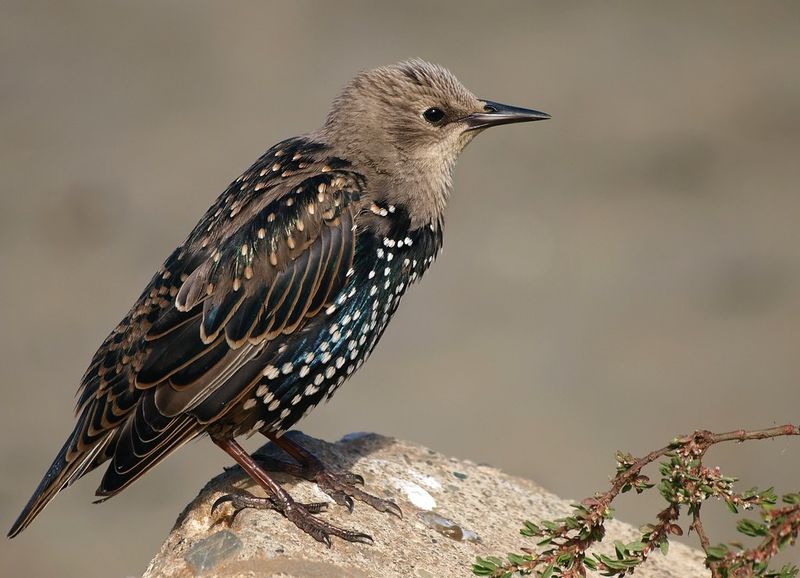
European starlings are known for their mesmerizing murmuration dances, yet their presence in non-native regions is problematic. These birds compete aggressively with native species for nesting sites and food resources.
Their adaptability allows them to thrive in various environments, often at the expense of local bird populations. Starlings also cause crop damage and pose risks to aviation safety. Controlling their populations through humane methods is essential for protecting native ecosystems.
Siberian Huskies

Siberian huskies, with their wolf-like appearance and boundless energy, are captivating dogs. However, releasing them into the wild can be disastrous. Their strong prey drive and ability to survive in harsh conditions make them a threat to local wildlife.
Huskies can hunt smaller animals and disrupt ecosystems not adapted to their presence. They may also face challenges adapting to the wild due to their reliance on human care. Ensuring they remain in loving homes or sanctuaries is vital for their welfare.
Goldfish

Goldfish are often perceived as simple, low-maintenance pets. However, releasing them into wild water bodies can lead to ecological chaos. These adaptable fish can grow to enormous sizes, outcompeting native species for resources.
Goldfish stir up sediments, reducing water quality and harming plant life. They are also prone to carrying diseases that can affect wild fish populations. Maintaining goldfish in controlled tanks or ponds ensures they don’t disrupt aquatic ecosystems.
Mynah Birds

Mynah birds, with their remarkable ability to mimic human speech, are intriguing companions. Yet, when released into the wild, they can become invasive pests. Mynahs compete with native birds for food and nesting sites, often displacing them.
Their adaptability to varied environments makes them successful in non-native areas, causing disruptions in local ecosystems. Responsible pet ownership and ensuring they remain in captivity or sanctuaries is crucial for protecting biodiversity.
Green Iguanas
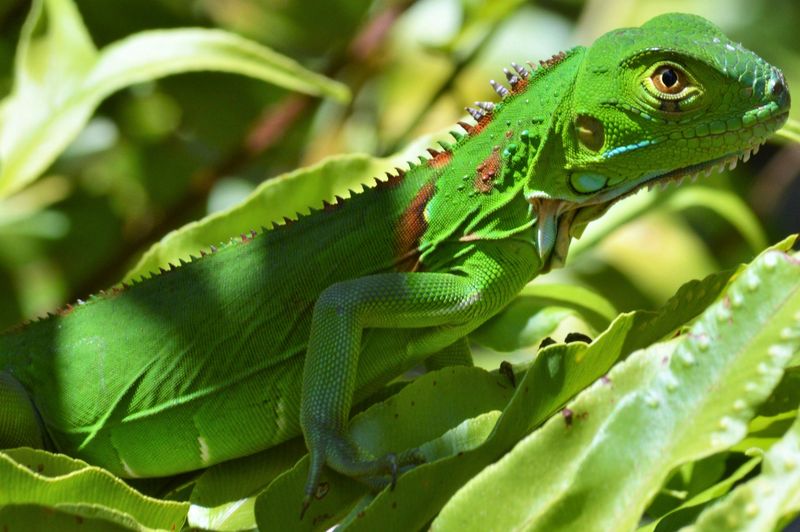
Green iguanas, with their striking appearance, are popular reptile pets. However, releasing them into non-native habitats can result in ecological challenges. These herbivorous lizards can decimate vegetation, affecting native plant and animal species.
In regions where they have no natural predators, iguana populations can explode, leading to imbalances in the ecosystem. Ensuring they stay within controlled environments or are rehomed appropriately helps mitigate these risks.
Parakeets

Parakeets, with their colorful plumage and cheerful chirps, are delightful pets. However, releasing them into the wild can lead to problems. These birds may compete with native species for food and nesting sites, disrupting local avifauna.
Parakeets can also carry diseases that threaten other birds. Their survival in unfamiliar environments is uncertain, often leading to population imbalances. Keeping them in controlled habitats ensures both their well-being and the protection of native ecosystems.
American Mink

American minks, with their sleek fur and agile movements, are skilled hunters. Nonetheless, releasing them into the wild can wreak havoc on local wildlife. They are known to decimate populations of ground-nesting birds and small mammals.
Minks are aggressive competitors, often outcompeting native predators. Their impact on biodiversity can be profound, leading to ecological imbalances. Responsible management and ensuring they remain in controlled environments are essential for preserving native species.
Beavers
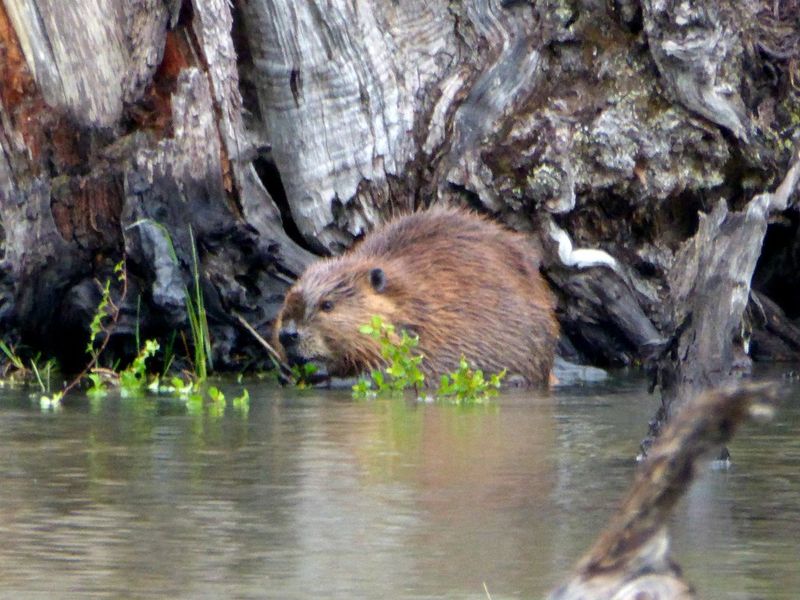
Beavers are nature’s architects, famous for their dam-building prowess. Interestingly, these industrious rodents are often beneficial to ecosystems when reintroduced correctly. Their dams create wetlands, supporting biodiversity by providing habitats for numerous species.
Beavers help improve water quality and reduce erosion. They play a crucial role in maintaining healthy waterways. Releasing beavers in suitable habitats can restore ecological balance and enhance environmental resilience.
Ospreys
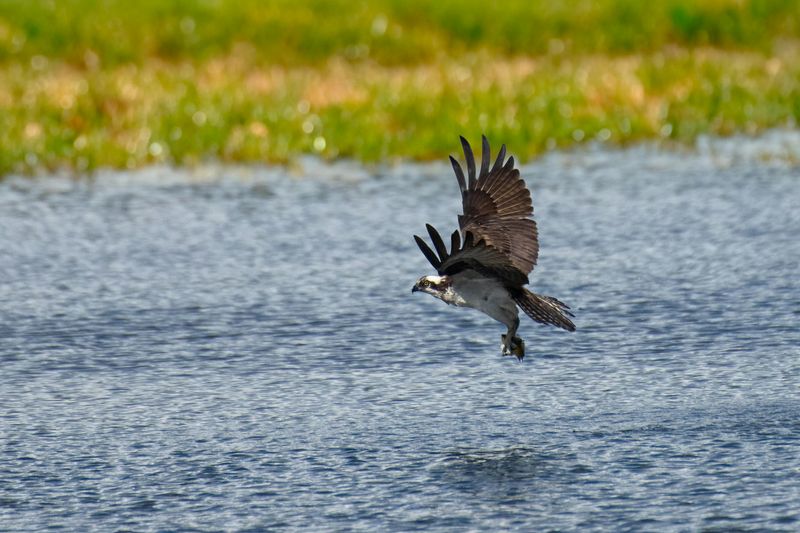
Ospreys, with their majestic flight and sharp talons, are formidable fish hunters. Reintroducing them to their natural habitats can be advantageous. Ospreys help control fish populations and contribute to healthy aquatic ecosystems.
Their presence indicates a well-balanced environment. Conservation efforts have successfully increased osprey populations, showcasing the benefits of strategic reintroduction. Supporting these graceful raptors enriches biodiversity and promotes ecological harmony.
Gray Wolves
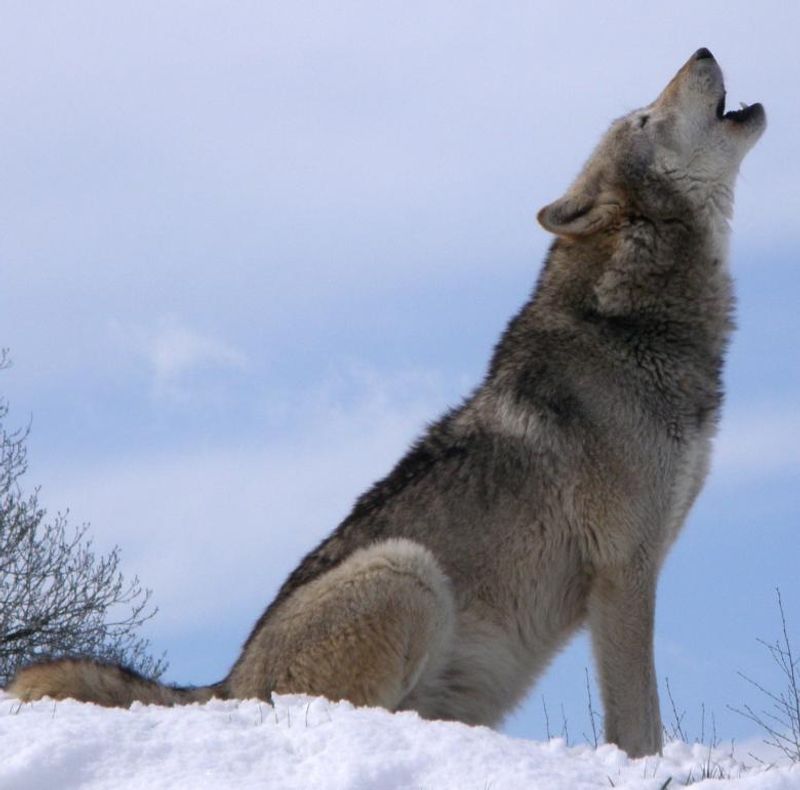
Gray wolves, with their haunting howls and intricate social structures, are icons of the wilderness. Reintroduction programs in certain areas have shown positive ecosystem impacts. Wolves help regulate prey populations, preventing overgrazing and fostering plant growth.
Their presence supports a myriad of other species, promoting biodiversity. Successful reintroductions have rejuvenated landscapes, proving the importance of these apex predators in ecosystems.
Bald Eagles
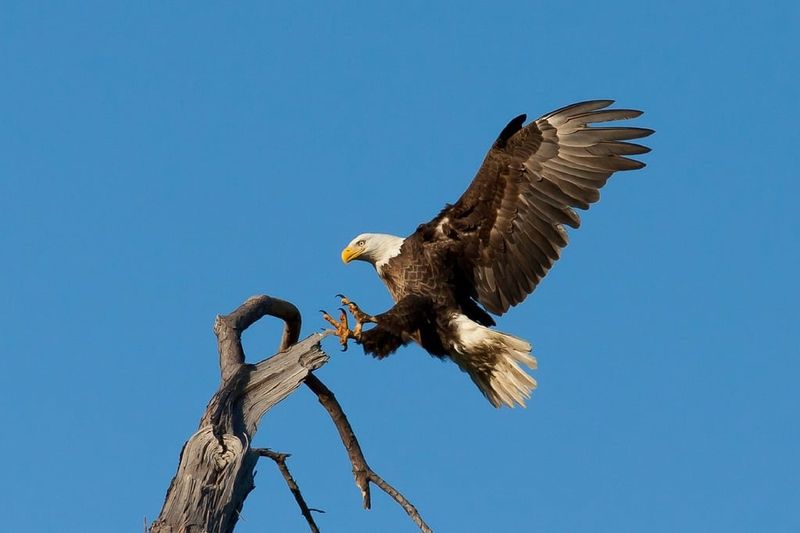
Bald eagles, symbols of strength and freedom, are vital to healthy ecosystems. Reintroducing them to their natural ranges has helped restore ecological balance. As apex predators, they control fish and small mammal populations, maintaining biodiversity.
Their majestic presence is an indicator of a thriving environment. Conservation and release efforts have seen their numbers soar, celebrating the success of wildlife protection initiatives.
American Bison
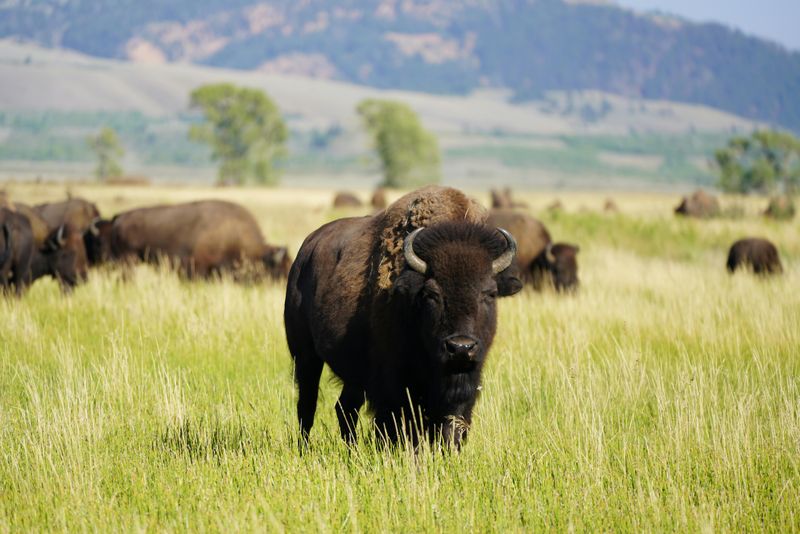
American bison, with their massive frames and iconic humps, are keystone species of the prairie. Reintroducing them can restore grassland ecosystems, promoting biodiversity and soil health. Bison grazing patterns help maintain plant diversity and prevent overgrowth.
Their presence also supports a variety of other wildlife, including birds and insects. Successful bison reintroduction projects have revitalized prairies, underscoring their ecological importance.

